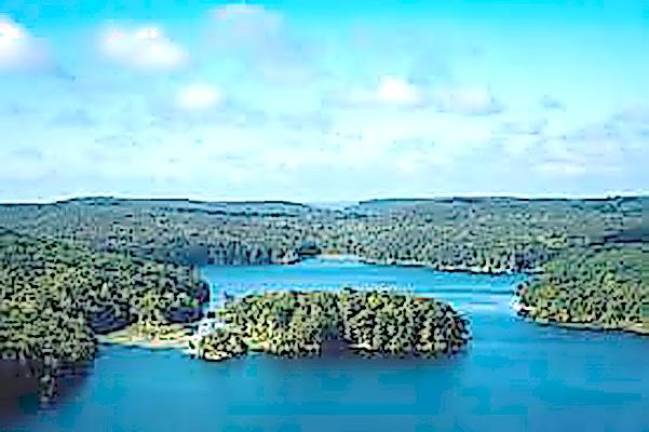
Summer is a wonderful time of year in Sussex County. It is a time to leave the house and enjoy the outdoors. With the warm weather nature is in its beautiful richness, wearing a mantle of green and exuding life.
Wawayanda State Park is in the northeast corner of Sussex County. It consists of a wide swath of mountainous terrain, full of trees lakes, wetlands and the creatures of the forest. An afternoon adventure can be had with miles of walking trails and swimming in a pristine mountain lake. Picnic tables and grills are available. Within this upland forest and field can be found black bear and white-tailed deer, along with smaller game and birds. A lovely day’s hike indeed.
One highlight is the vista to be seen Wawayanda Mountain, part of the Hamburg Mountain chain. The view is to the west and incorporates much of the Wallkill Valley and the Black Creek Sanctuary and Pochuck Mountain. The Appalachian Trail takes a steep route of the mountain here with rocks to rest on here at the vista. As an aside, the Appalachian Trail was completed in 1937 and runs through many miles of our county; and is a future topic.
Much of Wawayanda Mountain is made of crystalline metamorphic rock. Deposits of iron have been found here, and many other local areas, mainly running along lines parallel to the mountain range.
While the Wawayanda park area appears primitive these days, it has had other uses over the years, like much of Sussex County.
As in all of the county, nature reigned for eons. First people came 15,000 years ago or so. The tribes we know of were the Lenni Lenape, or “ancient ones,” and they lived in clans around where good game for food or plant cultivating could take place.
As the English began exploring and settling in these parts the land itself was important. In 1703 a land grant was made from the governor of New York and New Jersey and was confirmed by Queen Anne. Many disputes over the land took place.
With the discovery of the iron in the mountain, several iron mines began to operate. Several villages, long gone, grew around the industrial activity. Along with these were bodies of water, dams, and kilns. One kiln is very well kept and the large stone fire place can be seen on a tour of the park. Recently, the Vernon Township Historical Society sponsored the signage, with support from the Sussex County freeholders at the time. Many trees were cut for wood for the fires.
More recently, the New Jersey Zinc Co. cut many trees from the mountain to be used in the great zinc mines in Franklin and Ogdensburg. There were several small houses or camps that were on the lake to be used by the men from the mines. This author recalls pleasant summer days fishing at one.
May you find time to visit Wawayanda State Park and experience the nature, and history, of the area.